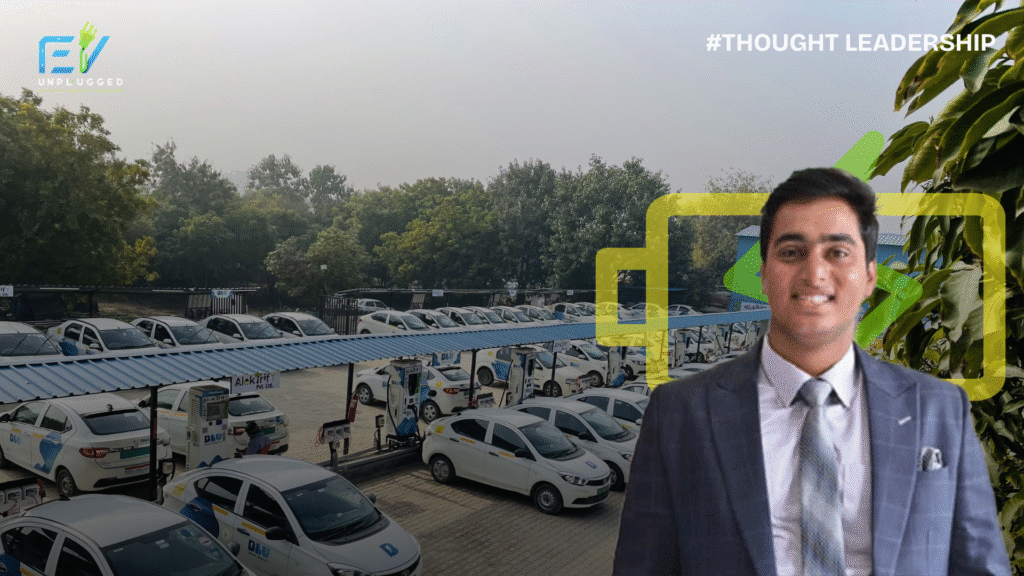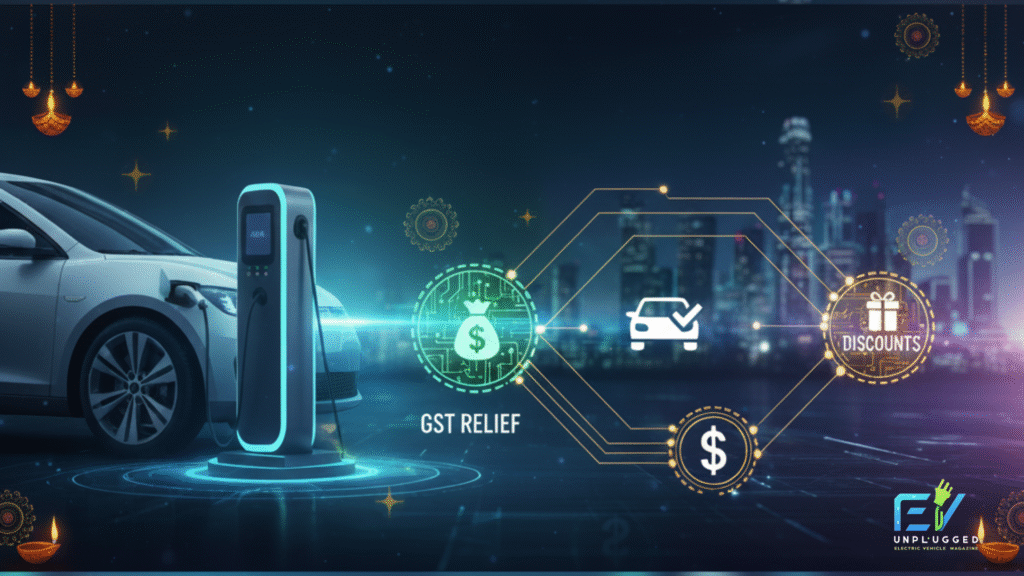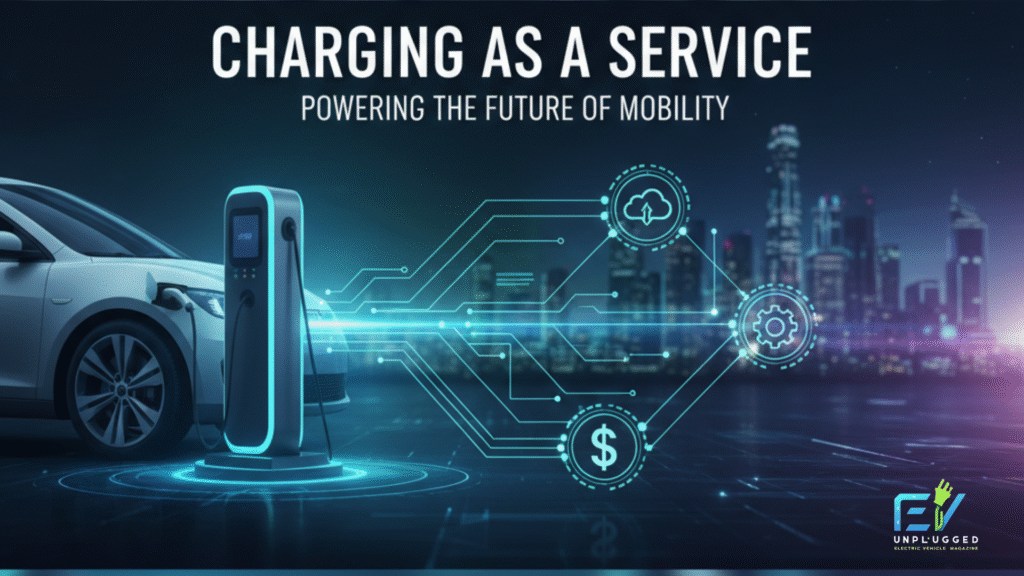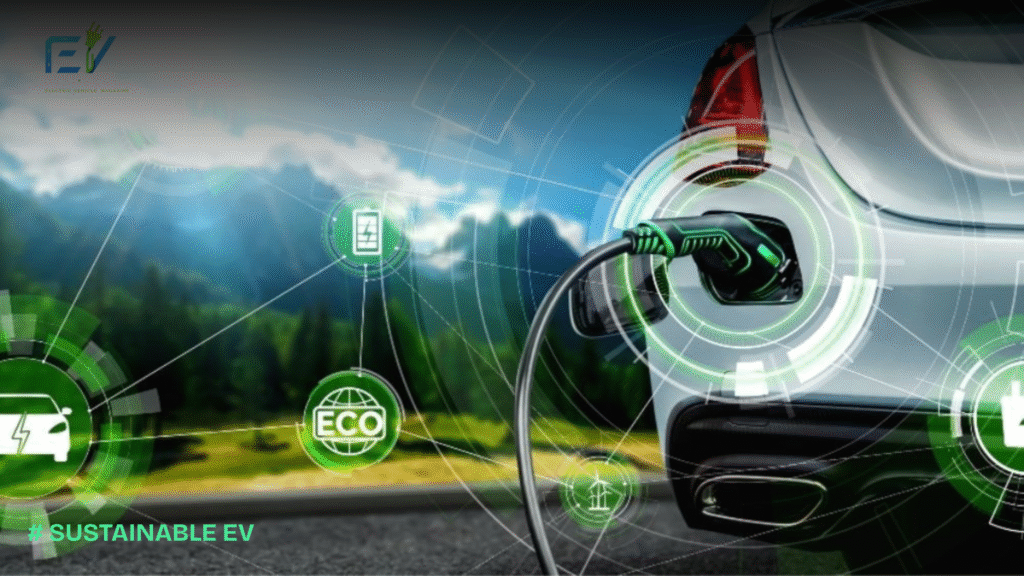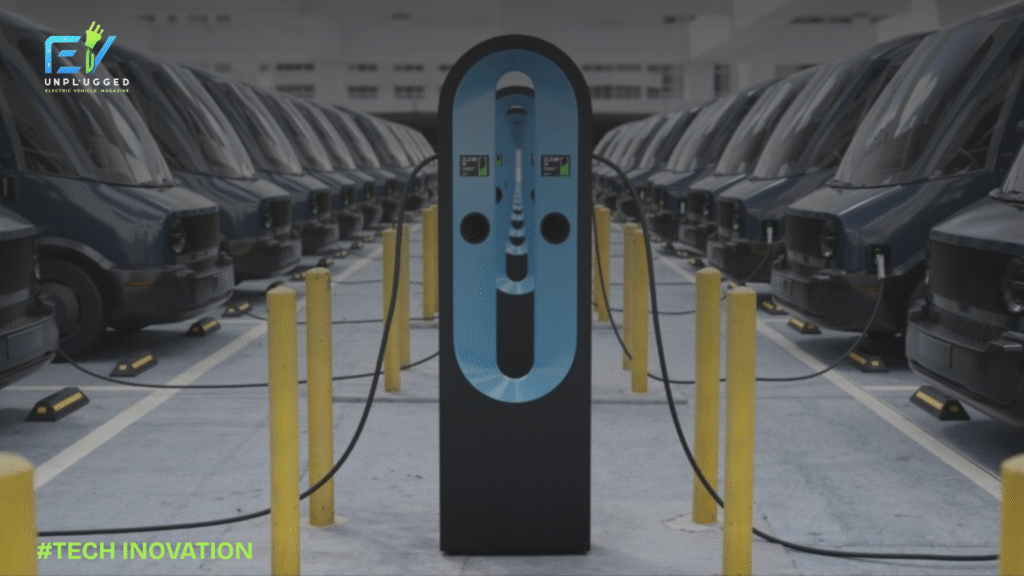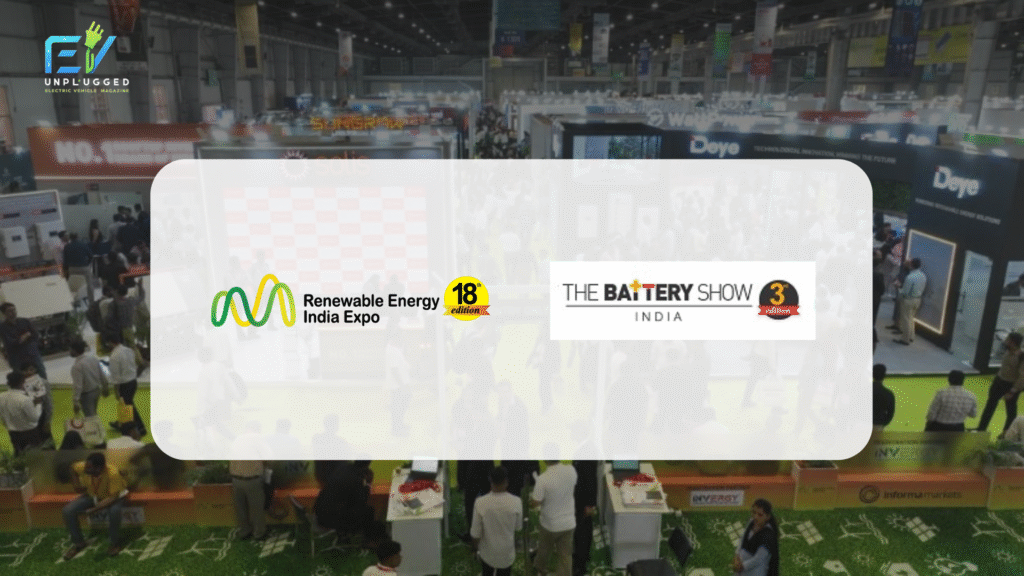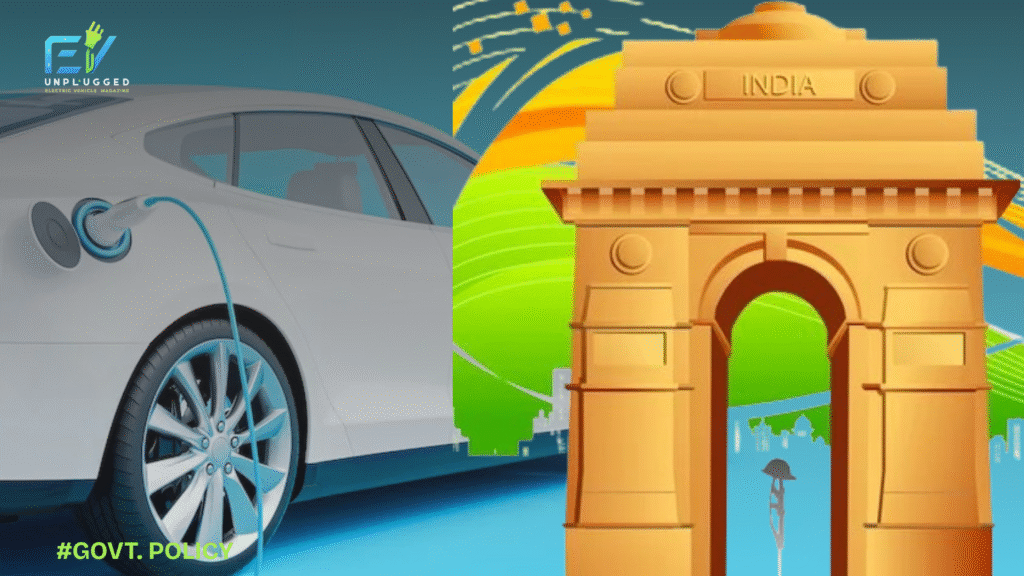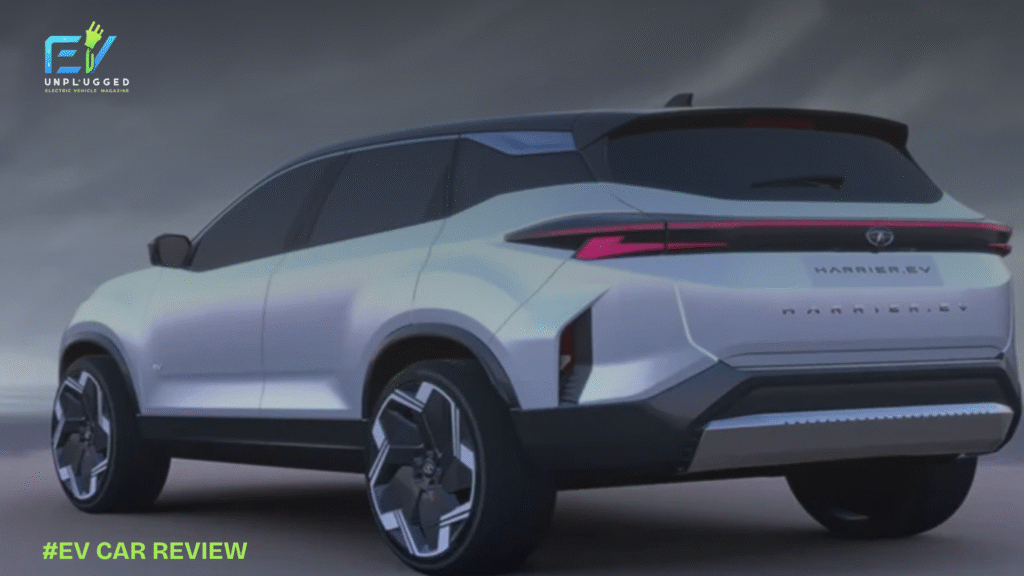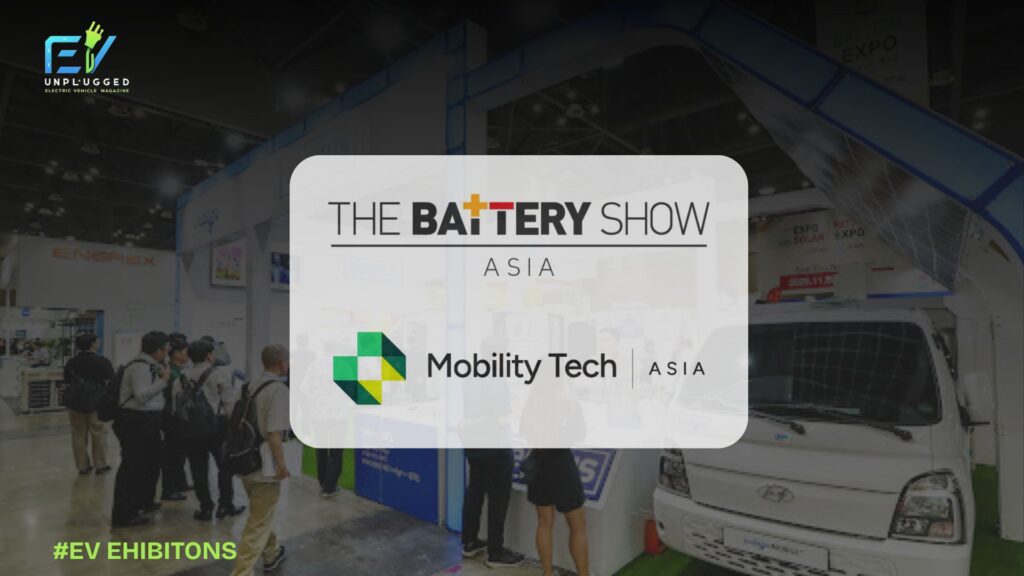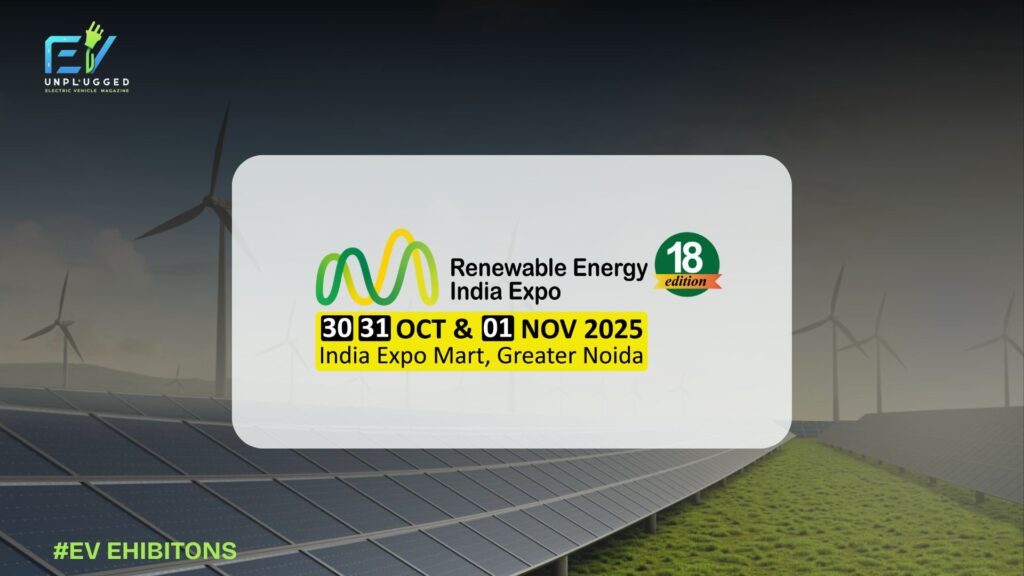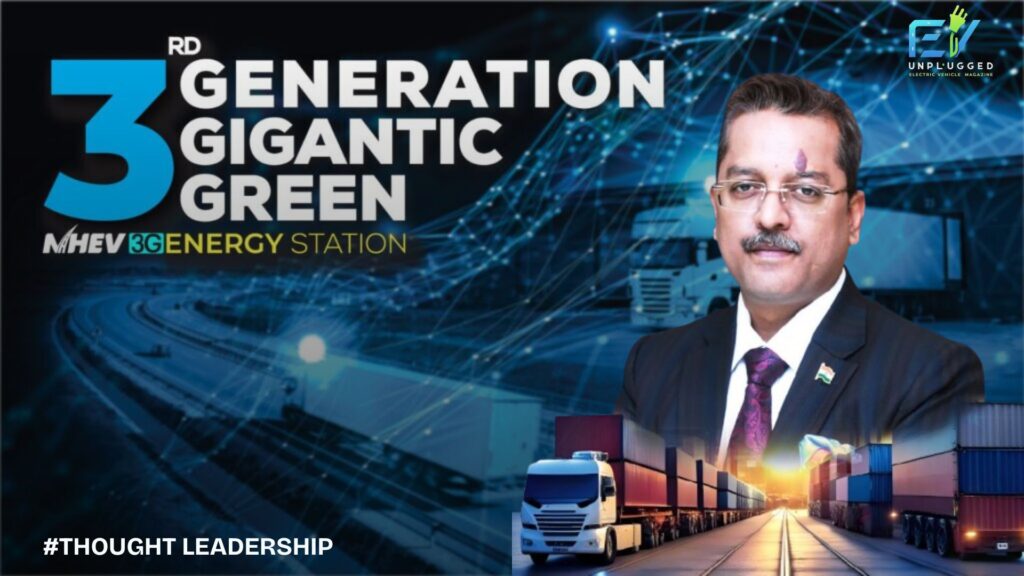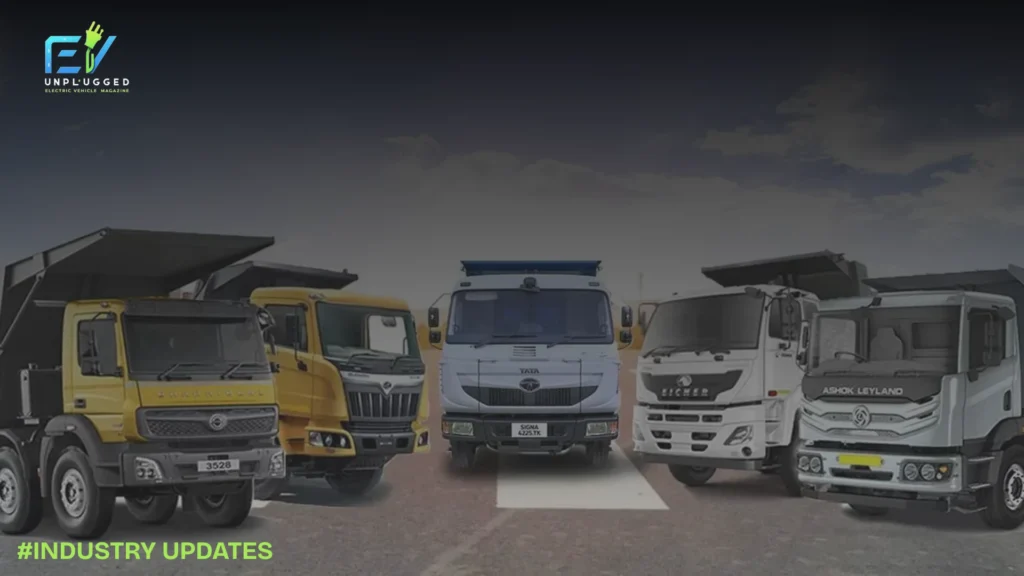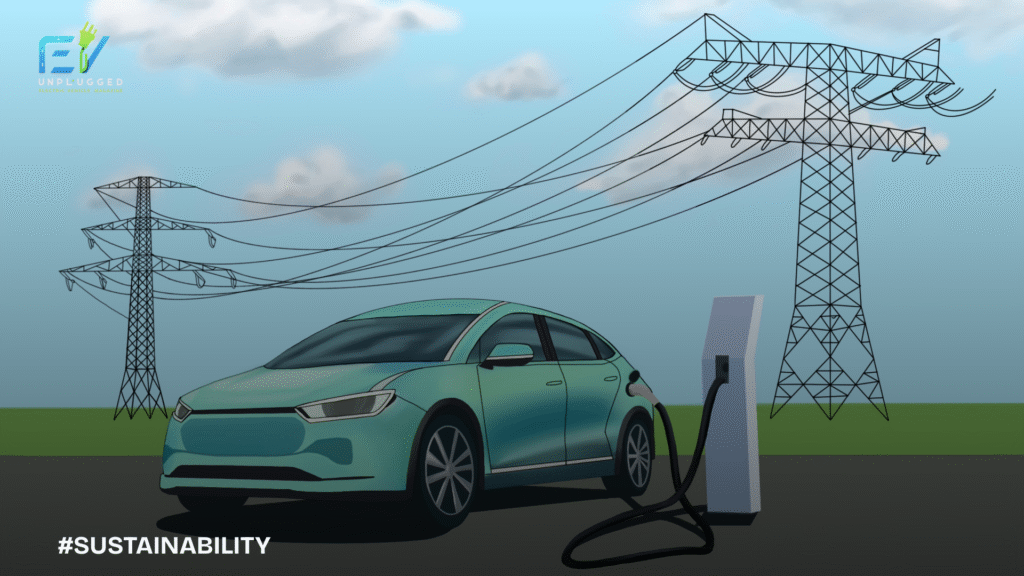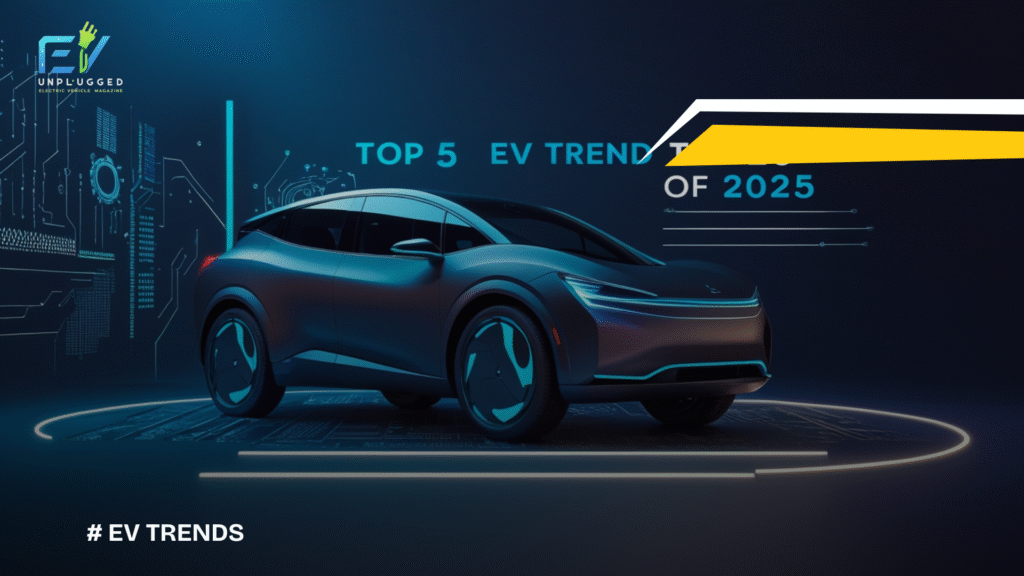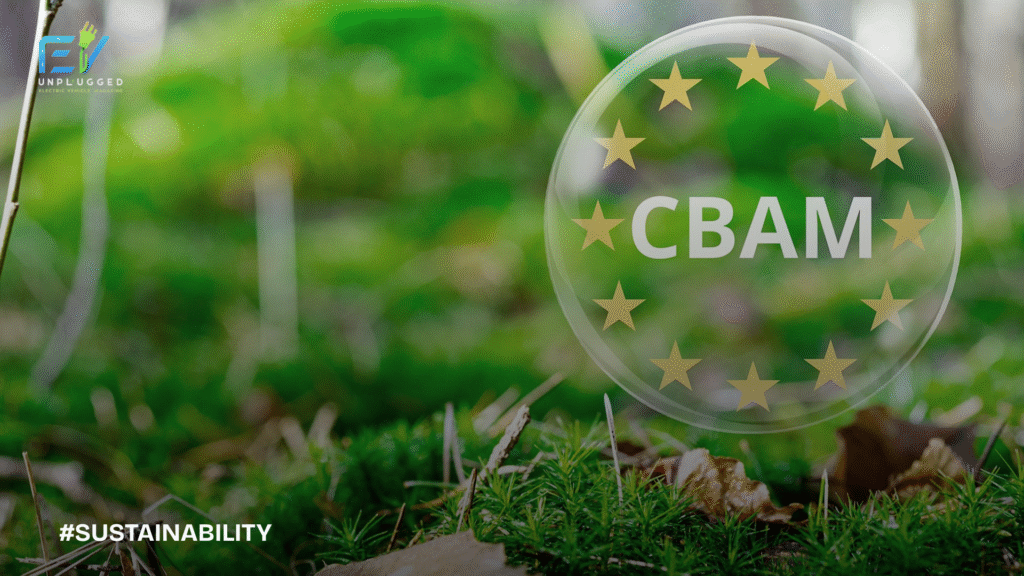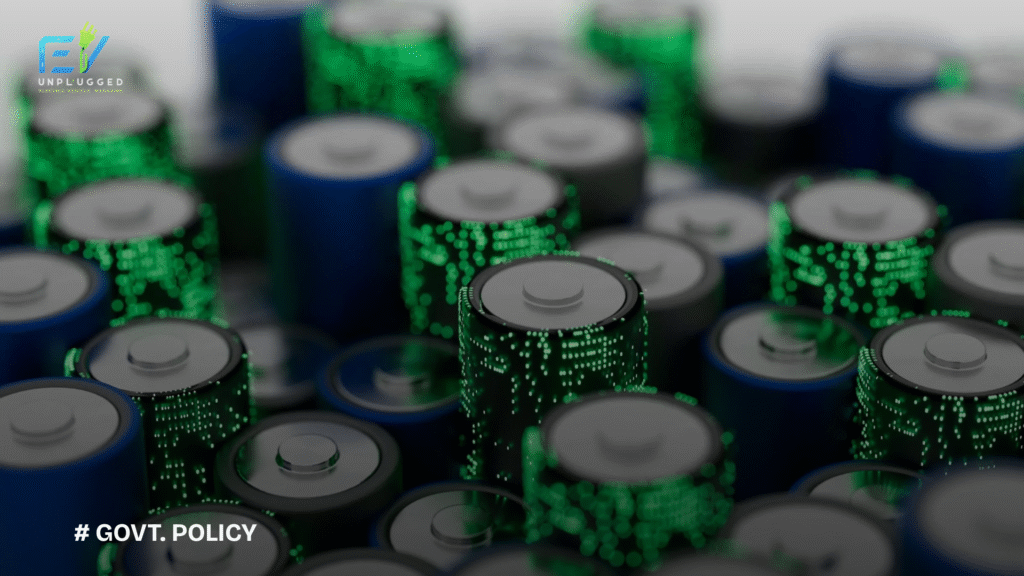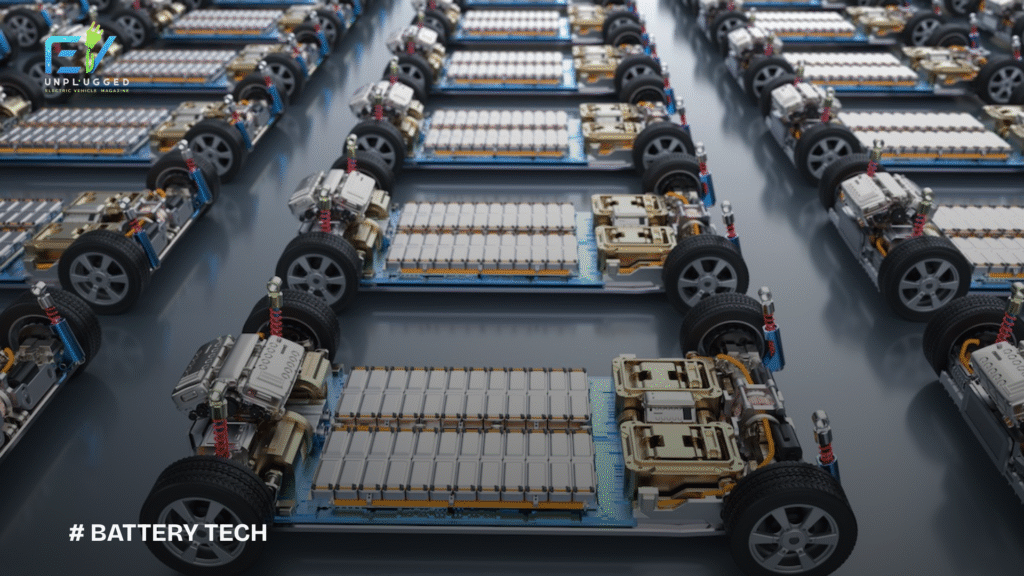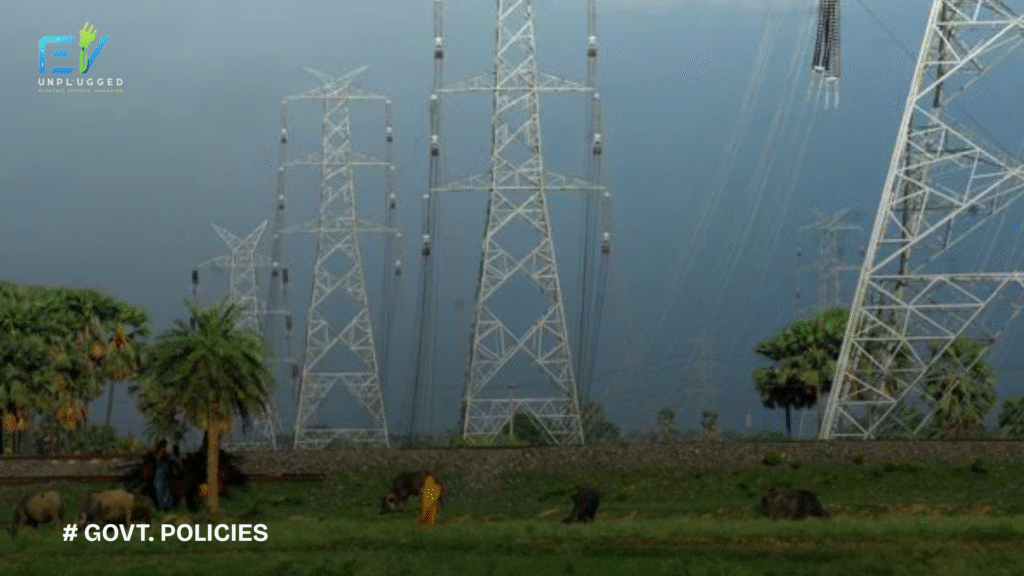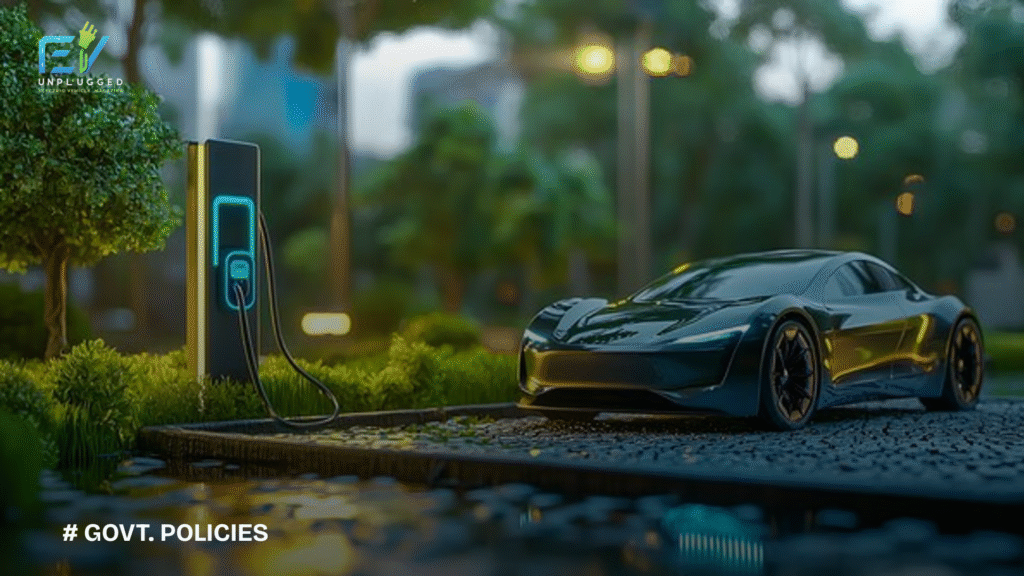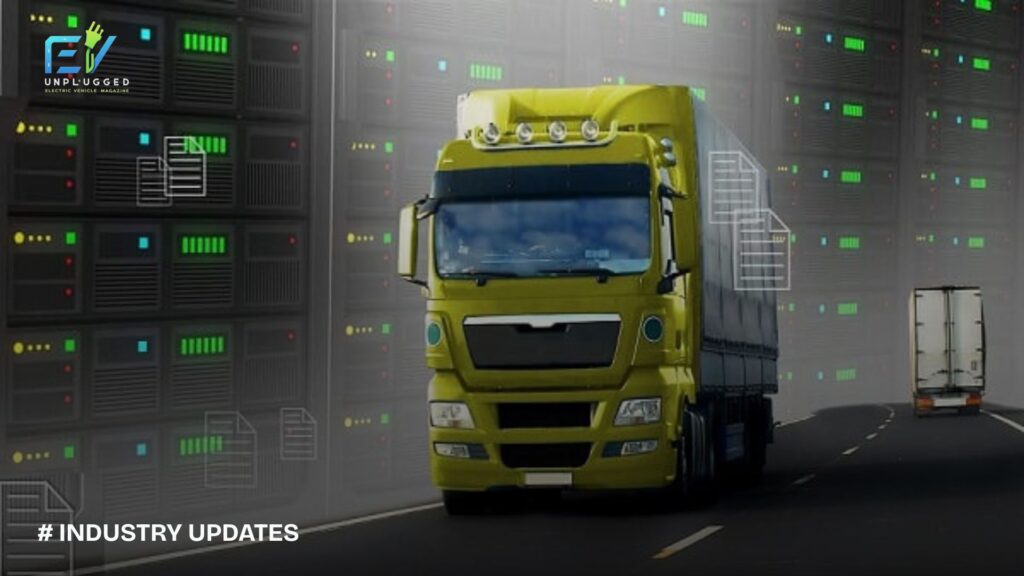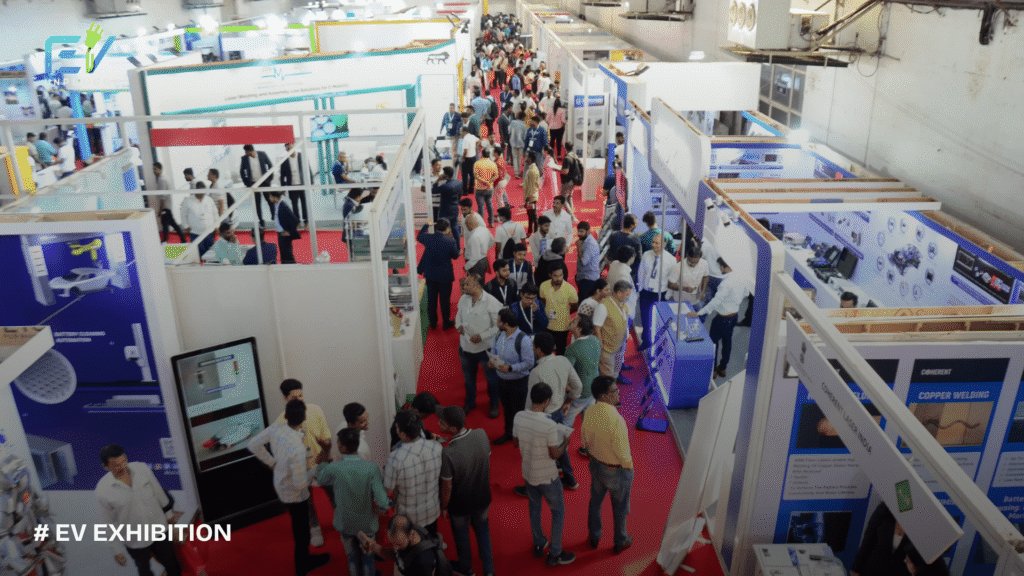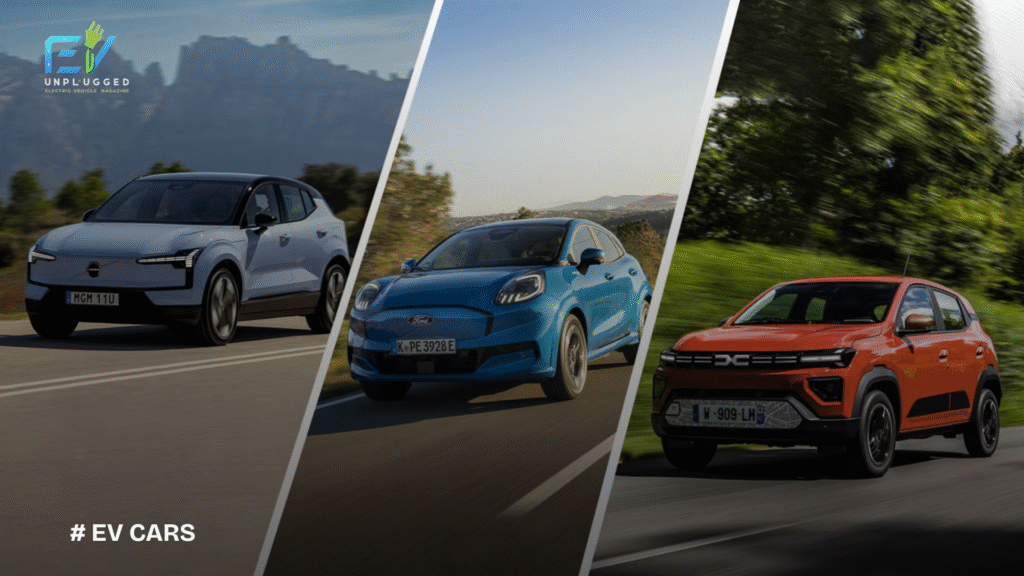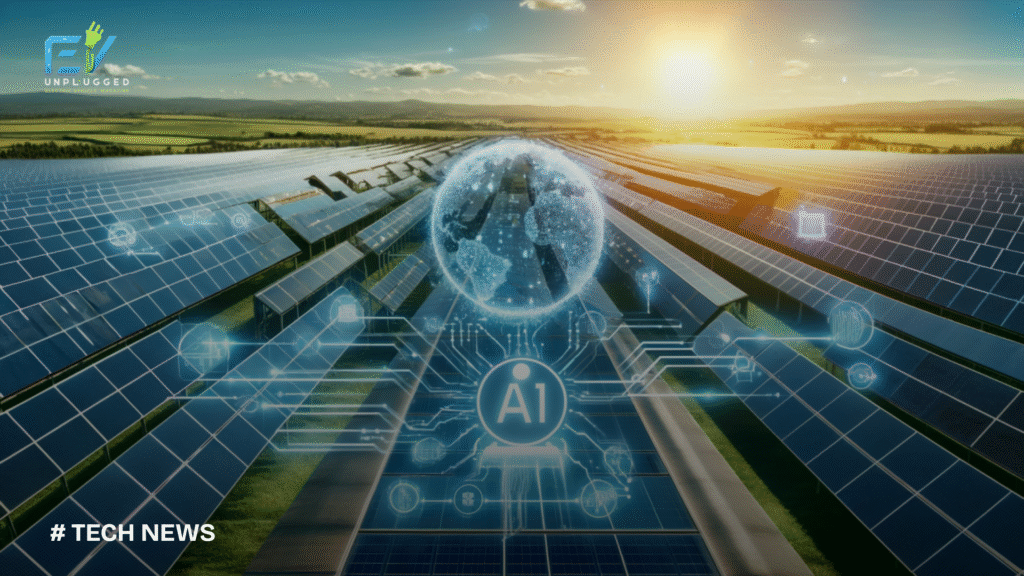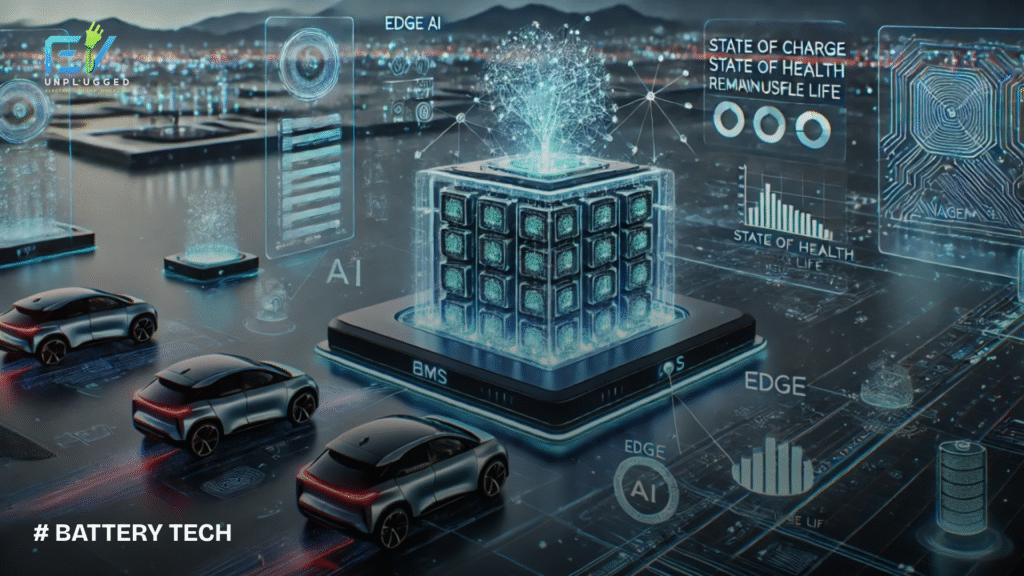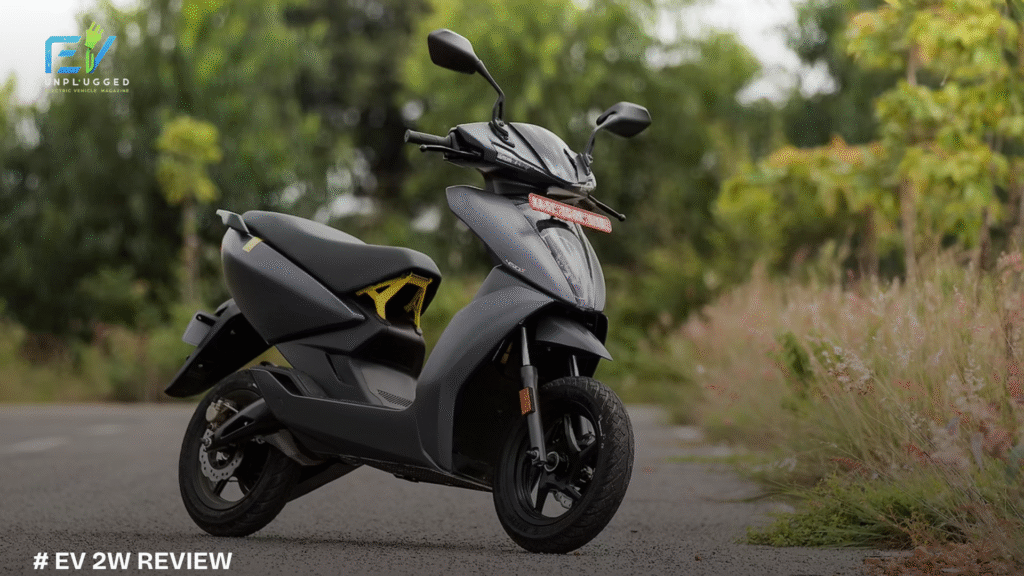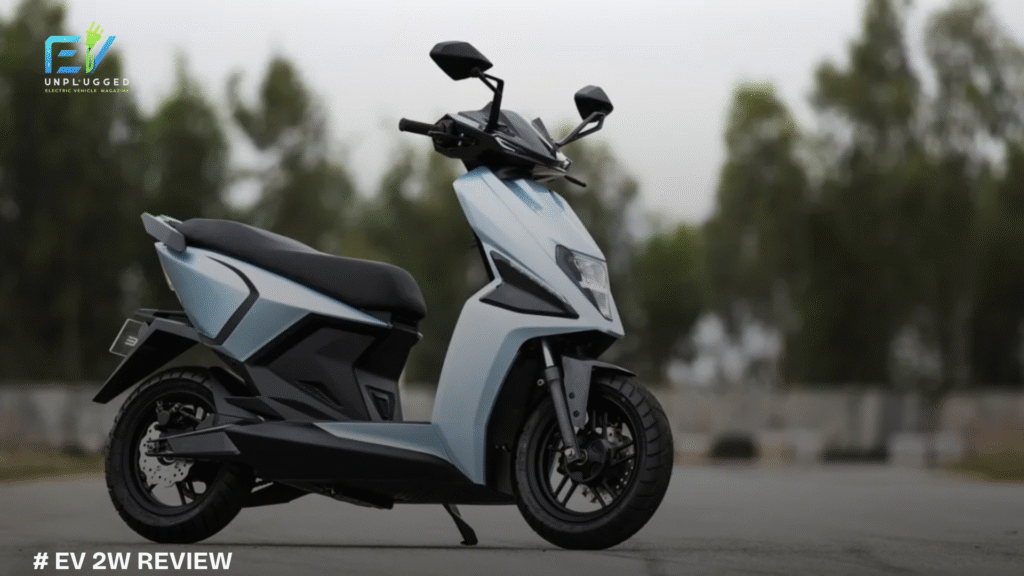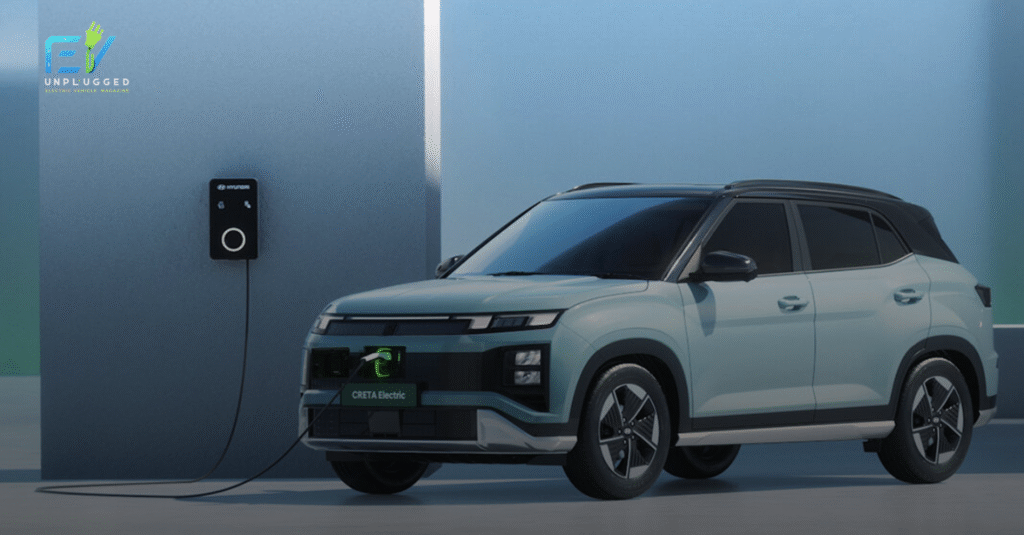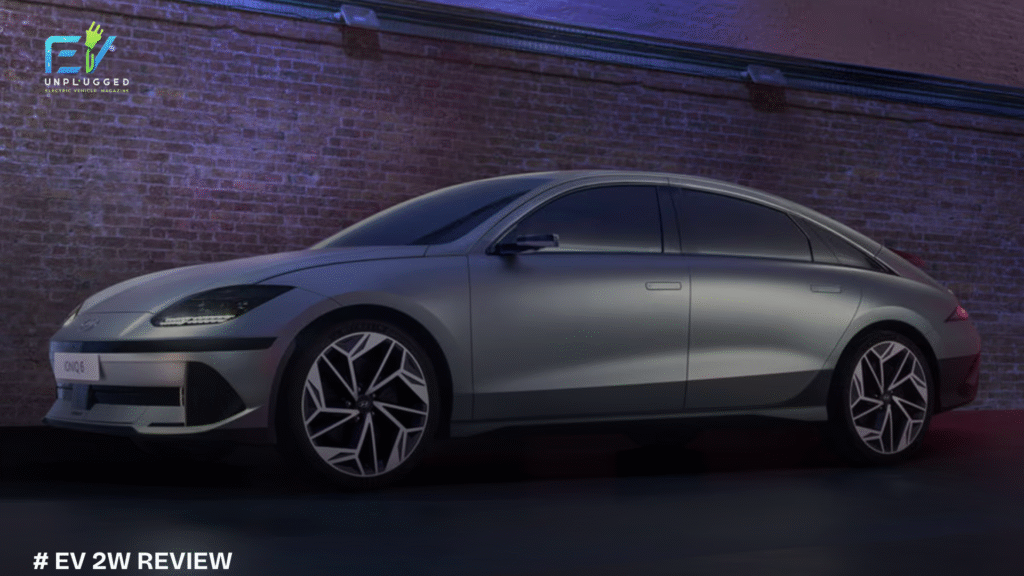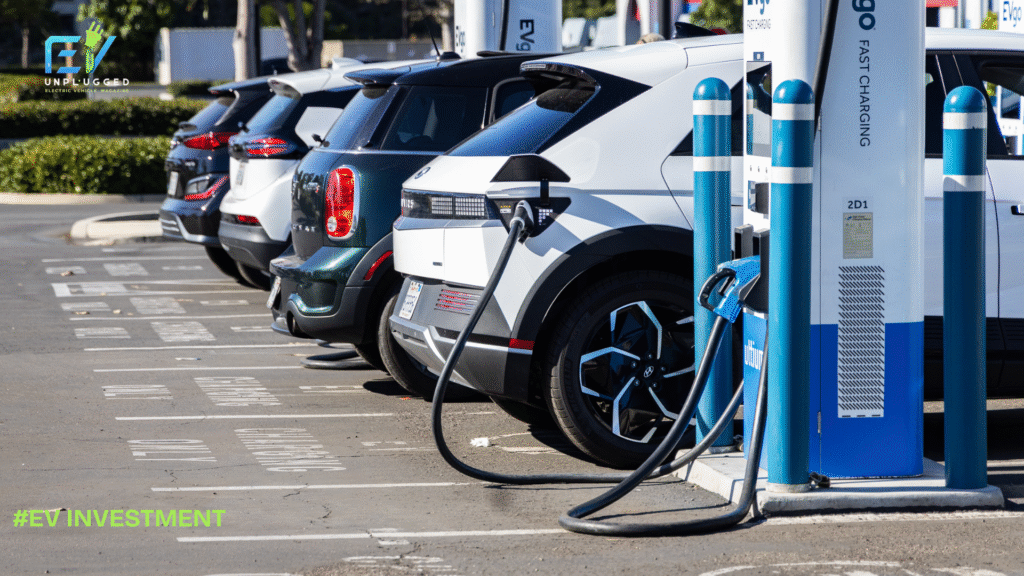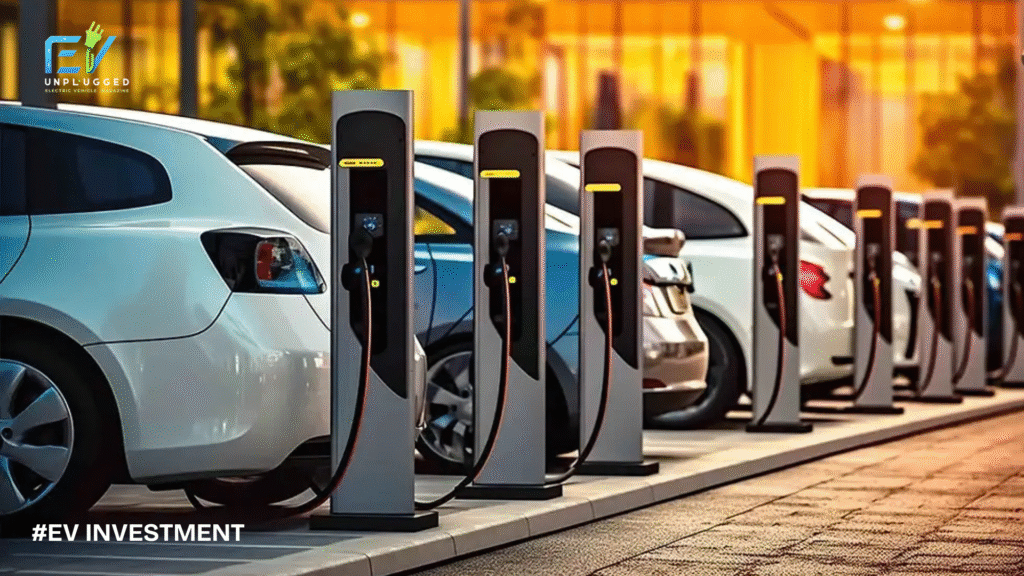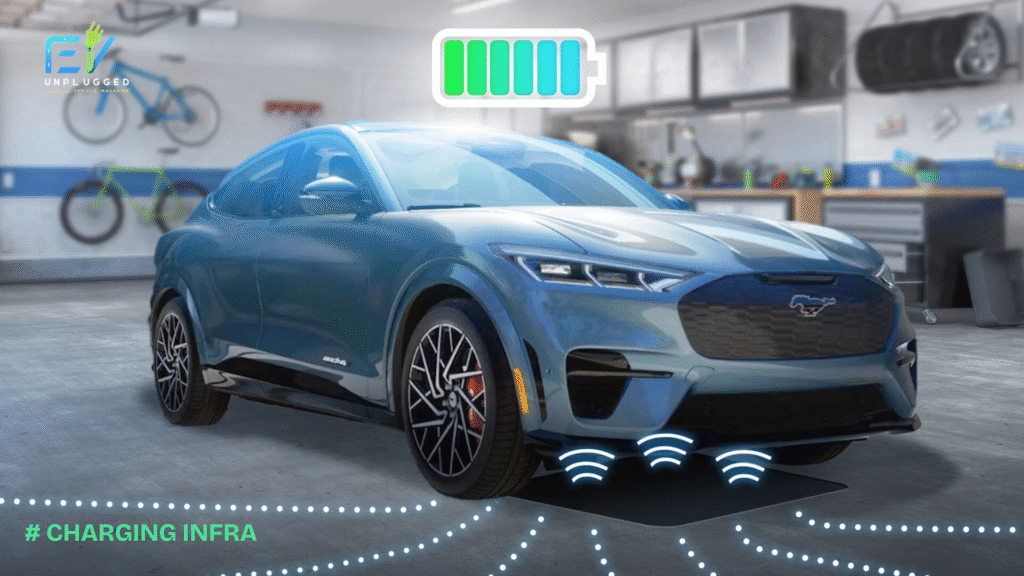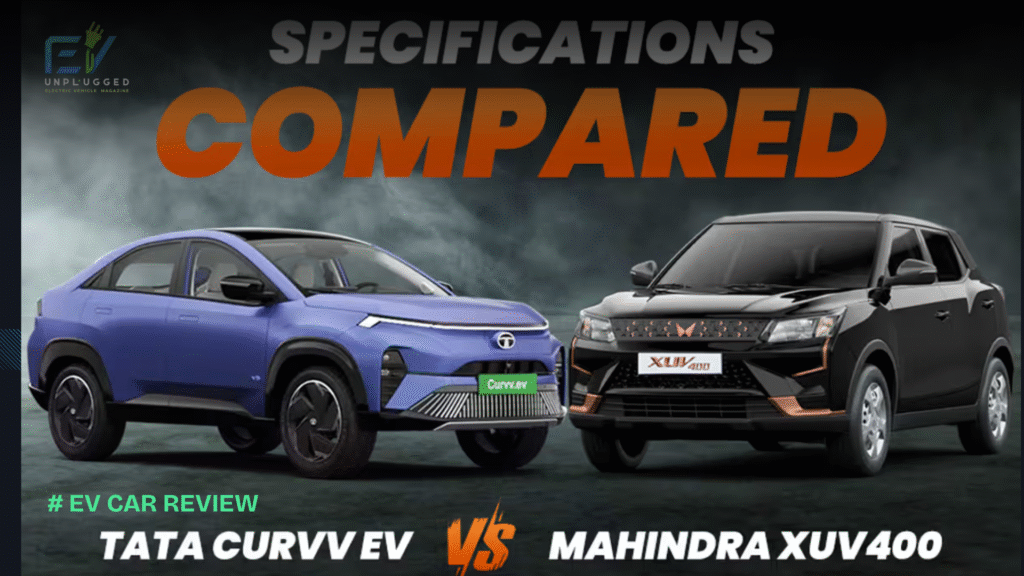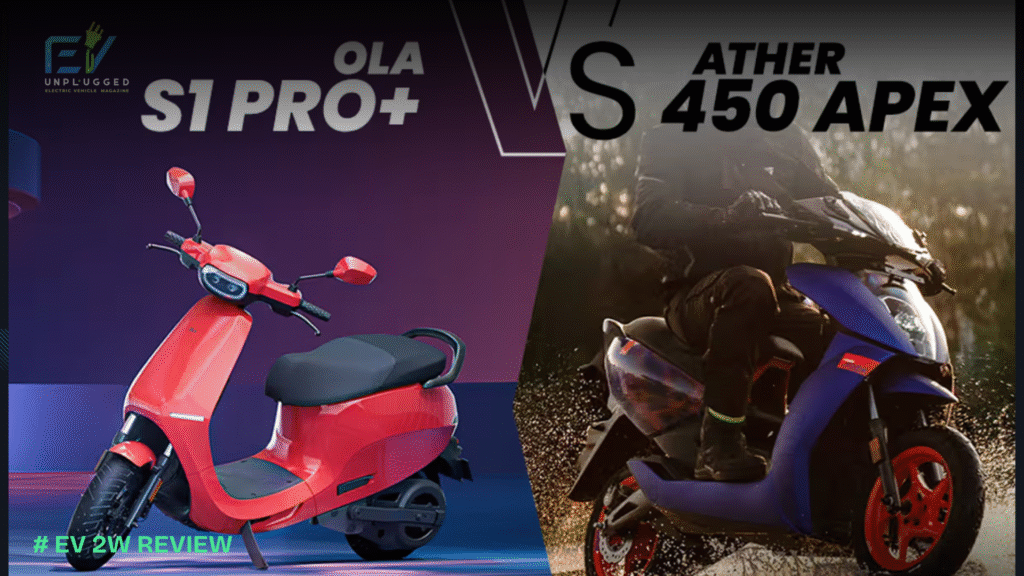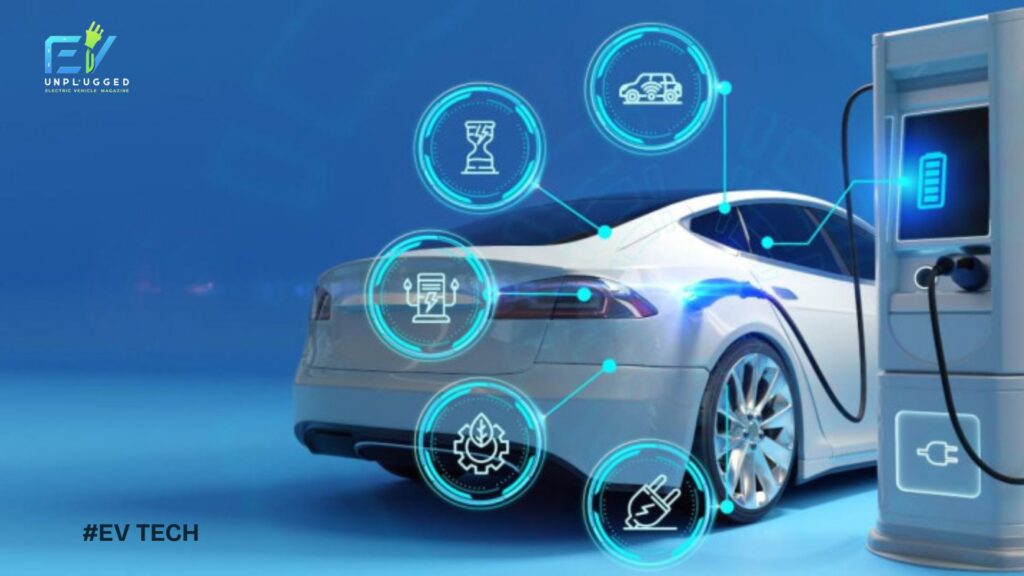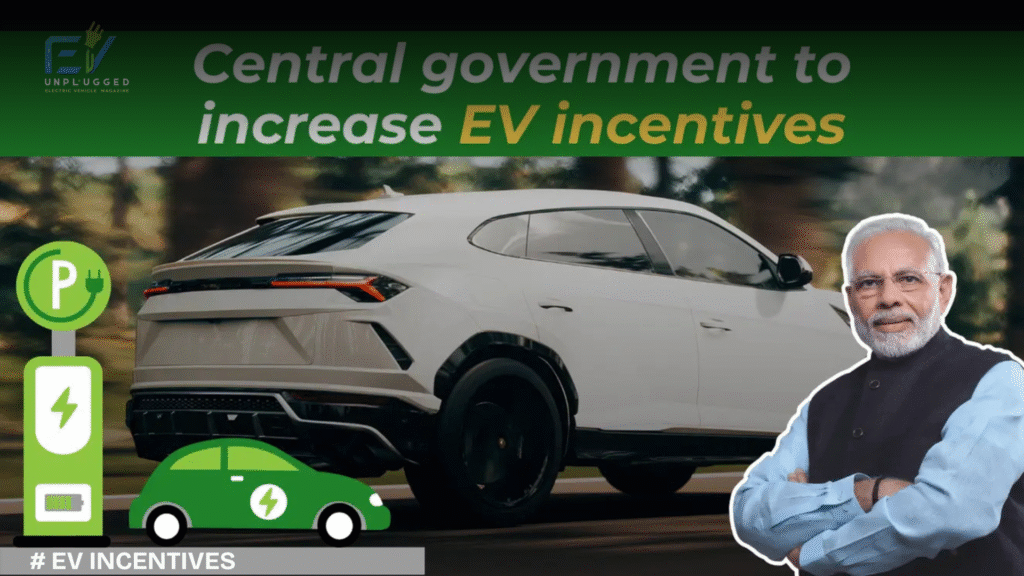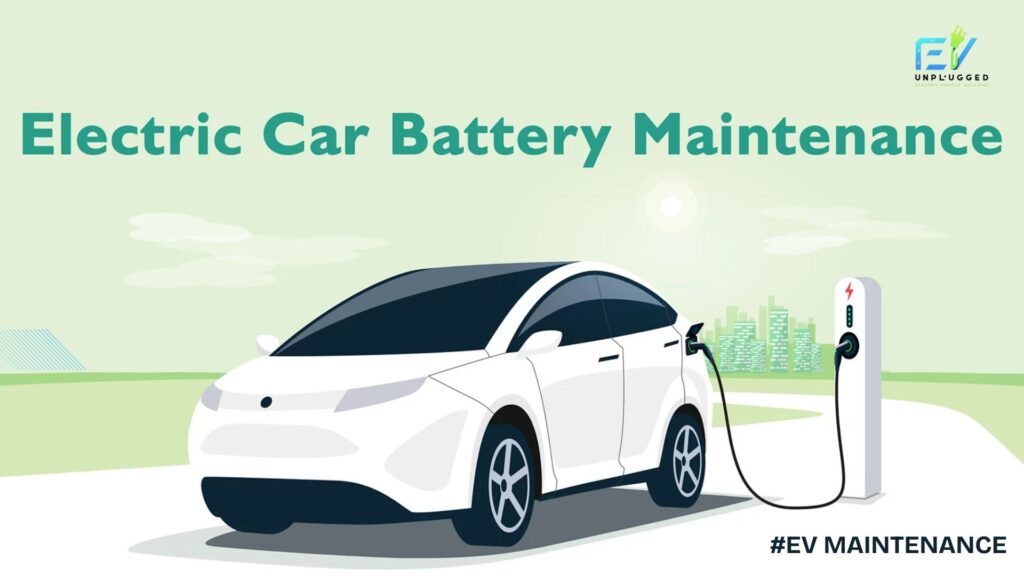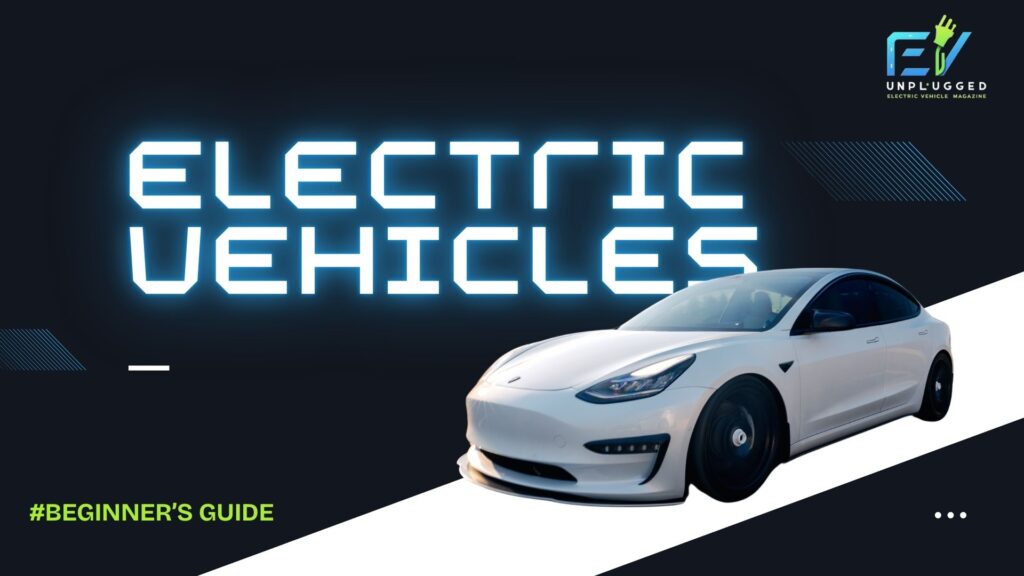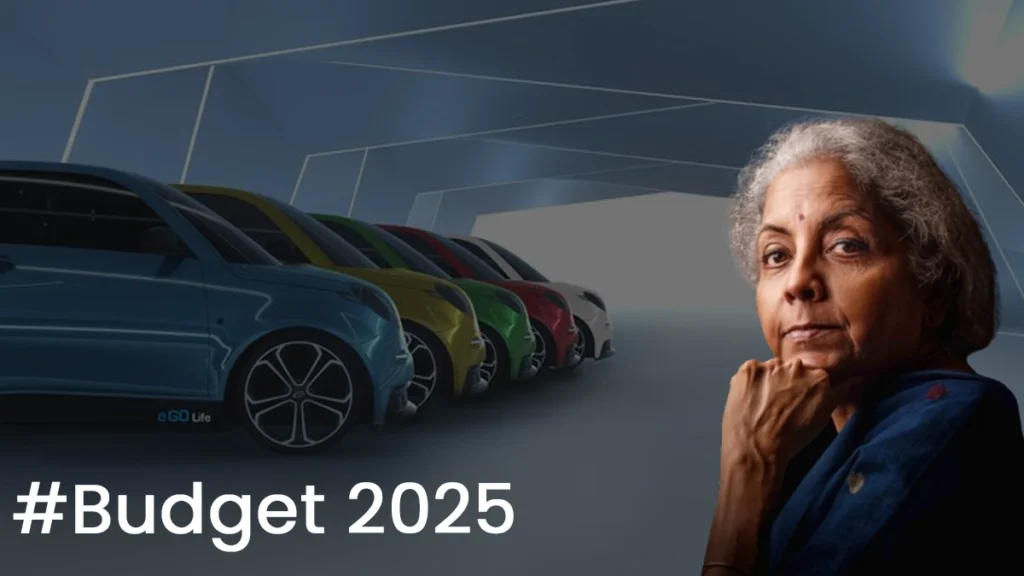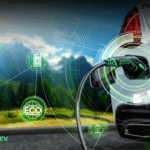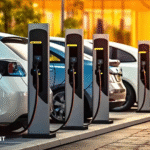Fast Charging vs Wireless Charging: What’s the Future of EV Charging Infrastructure?
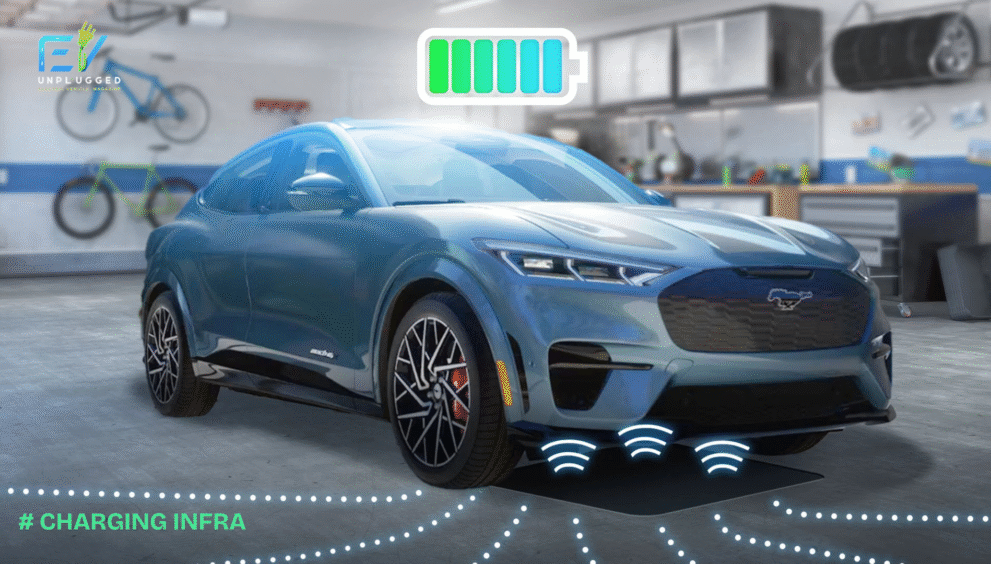
As electric vehicles (EVs) become more popular, one question seems to be on everyone’s mind: how will we keep up with the charging needs of a growing number of EVs? With more people switching to electric cars, there’s a pressing demand for accessible and efficient charging infrastructure. Right now, two charging technologies dominate the conversation: fast charging and wireless charging. So, which one will take the lead? Let’s dive into both and explore their future.
The Importance of EV Charging Infrastructure
Before we get into the specifics of charging methods, it’s important to understand why charging infrastructure is so critical for EV adoption. For many potential buyers, the availability of charging stations is a major concern. Imagine driving an EV but struggling to find a place to plug it in. It’s a dealbreaker, and it’s a barrier to widespread adoption.
But it’s not just about having a charger on every corner. The charging experience itself matters. People need chargers that are not only easy to find but also fast, reliable, and compatible with a variety of vehicles. That’s where fast charging and wireless charging come in. Let’s break down both.
Fast Charging: Speed Matters
When we talk about fast charging, we’re referring to chargers that can juice up your EV much faster than regular chargers. There are different levels of fast charging, but the main one that stands out is DC fast charging, also known as Level 3 charging. These chargers can give your car an 80% charge in as little as 30 minutes, a huge improvement compared to the slower Level 1 and Level 2 chargers you might use at home.
One of the biggest advantages of DC fast chargers is their speed. For drivers on the go, a quick stop to recharge is all it takes. This makes fast charging a game-changer, especially for long road trips or urban areas where time is of the essence.
But with this speed comes some challenges. Installing fast chargers can be costly, and building out this infrastructure takes time. Plus, the chargers are often concentrated in certain areas, meaning access isn’t as widespread as we’d like. Still, the demand for fast charging stations continues to rise, and it’s clear that this technology is a key player in EV adoption.
Wireless Charging: A Seamless Future
While fast charging is a big deal right now, there’s another exciting technology emerging: wireless charging. Imagine never having to plug your EV in at all. Instead, your car would simply park over a charging pad that transfers power wirelessly. This is the concept behind inductive charging, a cutting-edge technology that’s still in development but shows massive promise for the future.
The benefits of wireless charging are clear. For starters, it’s incredibly convenient. There are no cords, no plugs, no fuss. Just park your car, and it starts charging automatically. Plus, with the rise of smart cities, wireless charging could be integrated into roadways, allowing vehicles to charge as they drive, completely eliminating the need for charging stations altogether.
However, it’s not all smooth sailing just yet. Wireless charging technology still faces some hurdles. For one, the charging power isn’t as strong as fast chargers, which means it might take longer to fully charge your vehicle. There’s also the issue of standardization—different manufacturers may have different charging systems, which could lead to compatibility issues.
Fast Charging vs Wireless Charging: Which One Wins?
Now, let’s compare fast charging and wireless charging side by side. Fast charging is a more mature technology. It’s already in use at many public charging stations and is critical for the current EV charging infrastructure. It’s fast, efficient, and reliable—exactly what drivers need right now. However, its cost and the need for widespread installation are barriers that need to be overcome.
On the other hand, wireless charging is still a future-forward concept. While it promises a more convenient and user-friendly experience, it’s not yet ready to replace fast charging. The charging power is lower, and the cost of implementation is high, making it a less practical solution for the immediate future. But with continued advancements, wireless charging could revolutionize the way we think about EVs.
The Future of EV Charging: Trends to Watch
Looking ahead, the future of EV charging will likely be a blend of both technologies. As more DC fast chargers are installed across cities and highways, wireless charging could begin to take over in urban settings, where convenience is key. We could even see the development of wireless charging lanes embedded in roads, allowing cars to charge while they’re driving.
In addition, technologies like 5G and IoT will likely play a significant role in smart charging. These advancements could enable real-time communication between EVs and charging stations, making the entire charging process more efficient and user-friendly.
Conclusion
So, which will dominate the future of EV charging infrastructure? The truth is, both have their place. Fast charging is essential for today’s EV needs, while wireless charging holds exciting potential for the future. As we continue to innovate and expand our charging networks, we’ll likely see a combination of both technologies, each fulfilling different roles in the overall EV ecosystem.
The transition to electric vehicles is happening, and the need for improved charging infrastructure will only grow. Whether it’s fast chargers or wireless technology, one thing is clear: the future of EV charging is bright, and it’s moving faster than ever.
Key Takeaways:
- Fast charging is critical for the current EV market, offering rapid recharges but requiring costly infrastructure.
- Wireless charging is a promising, future-focused technology that could revolutionize the charging experience with greater convenience.
- The future of EV charging likely involves both fast charging and wireless charging, adapting to different needs and locations.
Stay tuned for more updates on EV infrastructure and how new technologies will shape the way we drive and charge in the years to come!

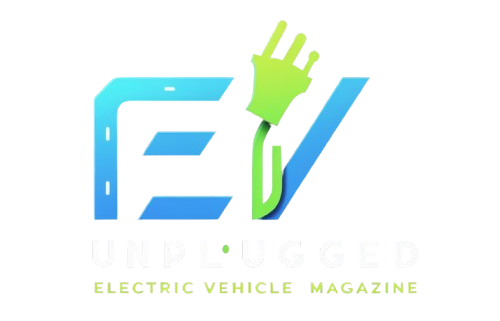
 English
English 